
Gestalt (guise #001)
Photographic print, 80x60cm
Photographic print, 80x60cm
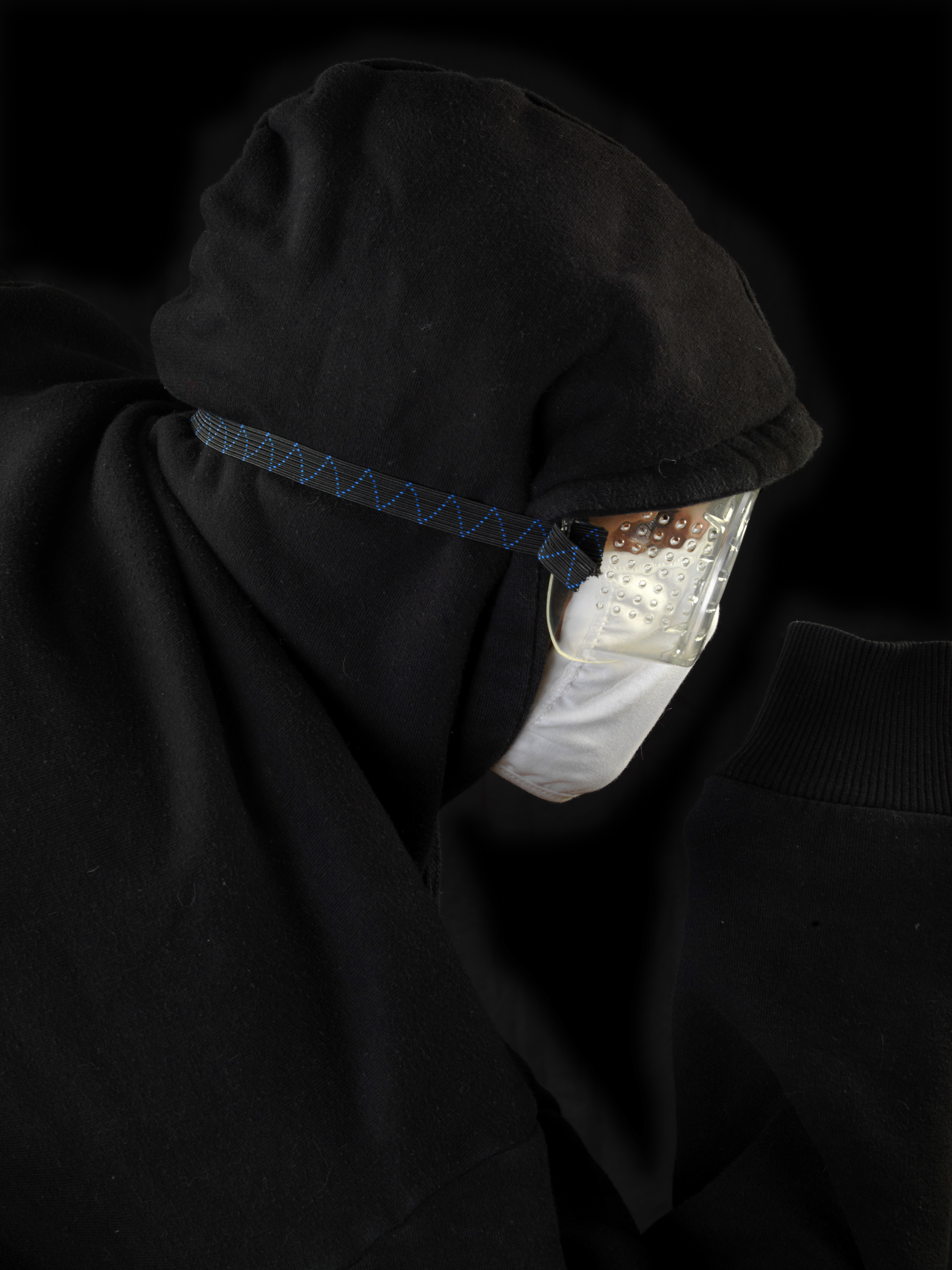
Gestalt (guise #004)
Photographic print, 80x60cm

Gestalt (guise #007)
Photographic print, 80x60cm

Gestalt (guise #010)
Photographic print, 80x60cm

Gestalt (guise #013)
Photographic
print, 80x60cm
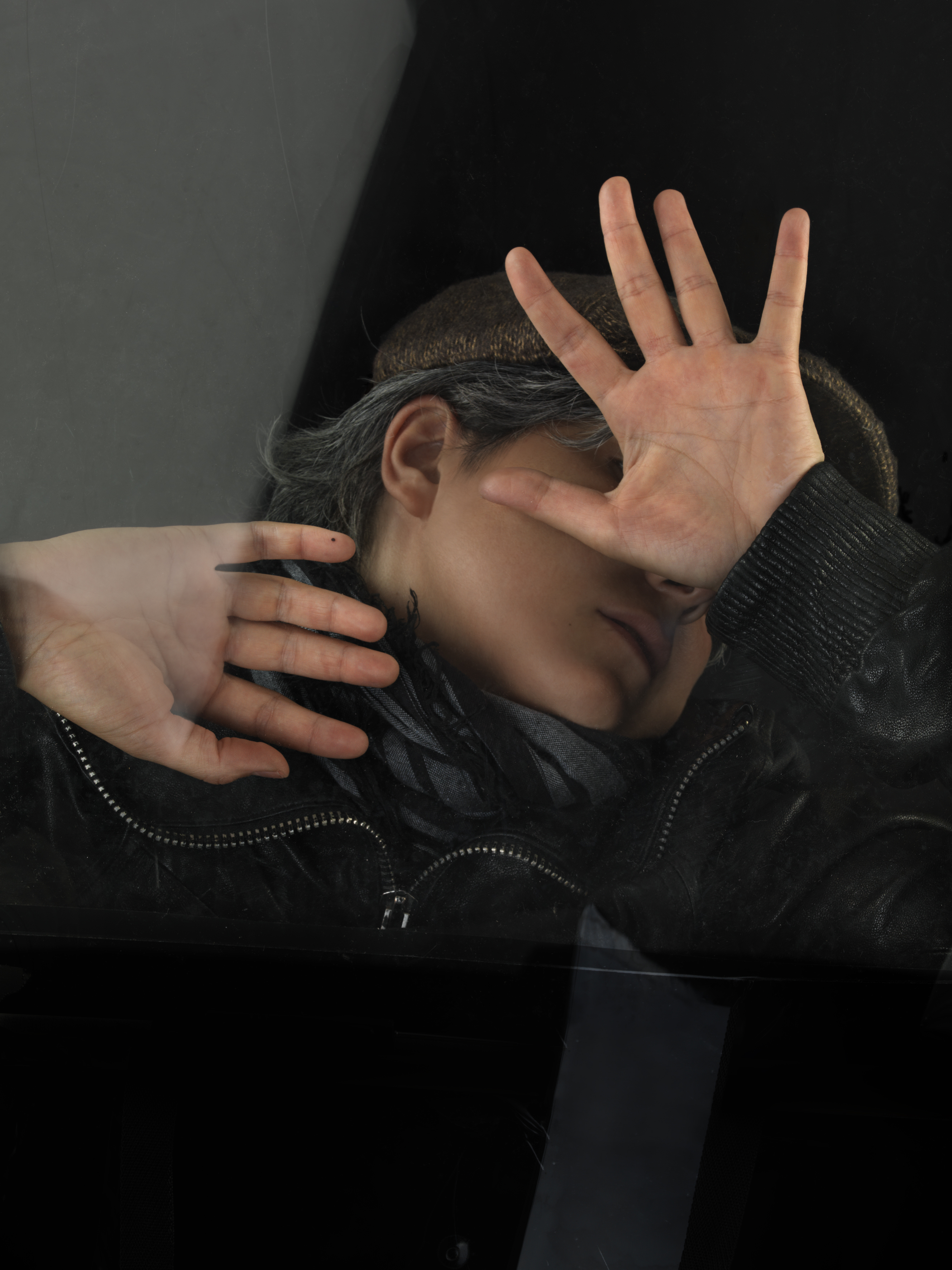
Gestalt (guise #016)
Photographic print, 80x60cm

Gestalt (guise #019)
Photographic print, 80x60cm
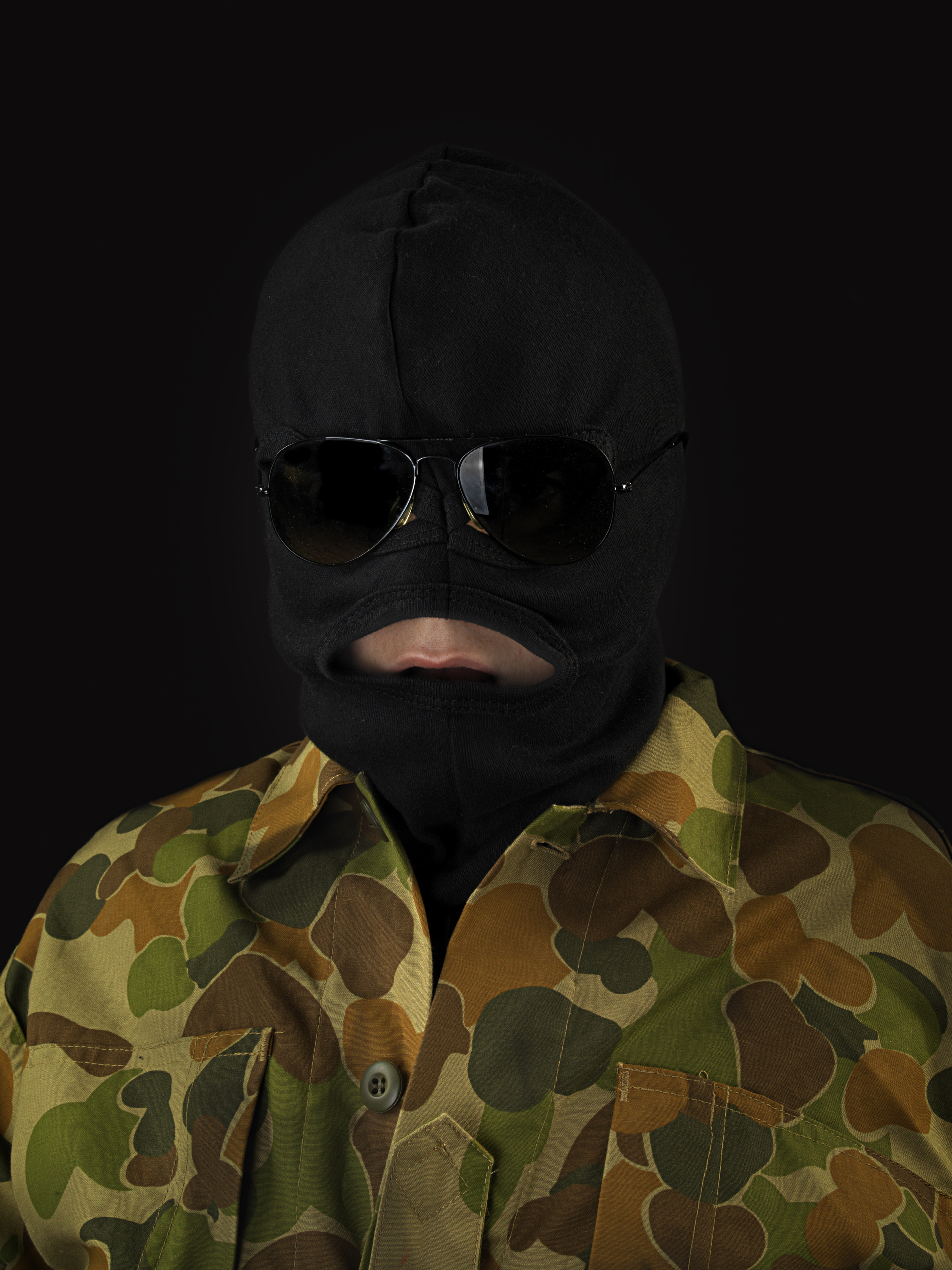
Gestalt (guise #022)
Photographic print, 80x60cm

Gestalt (guise #025)
Photographic print, 80x60cm
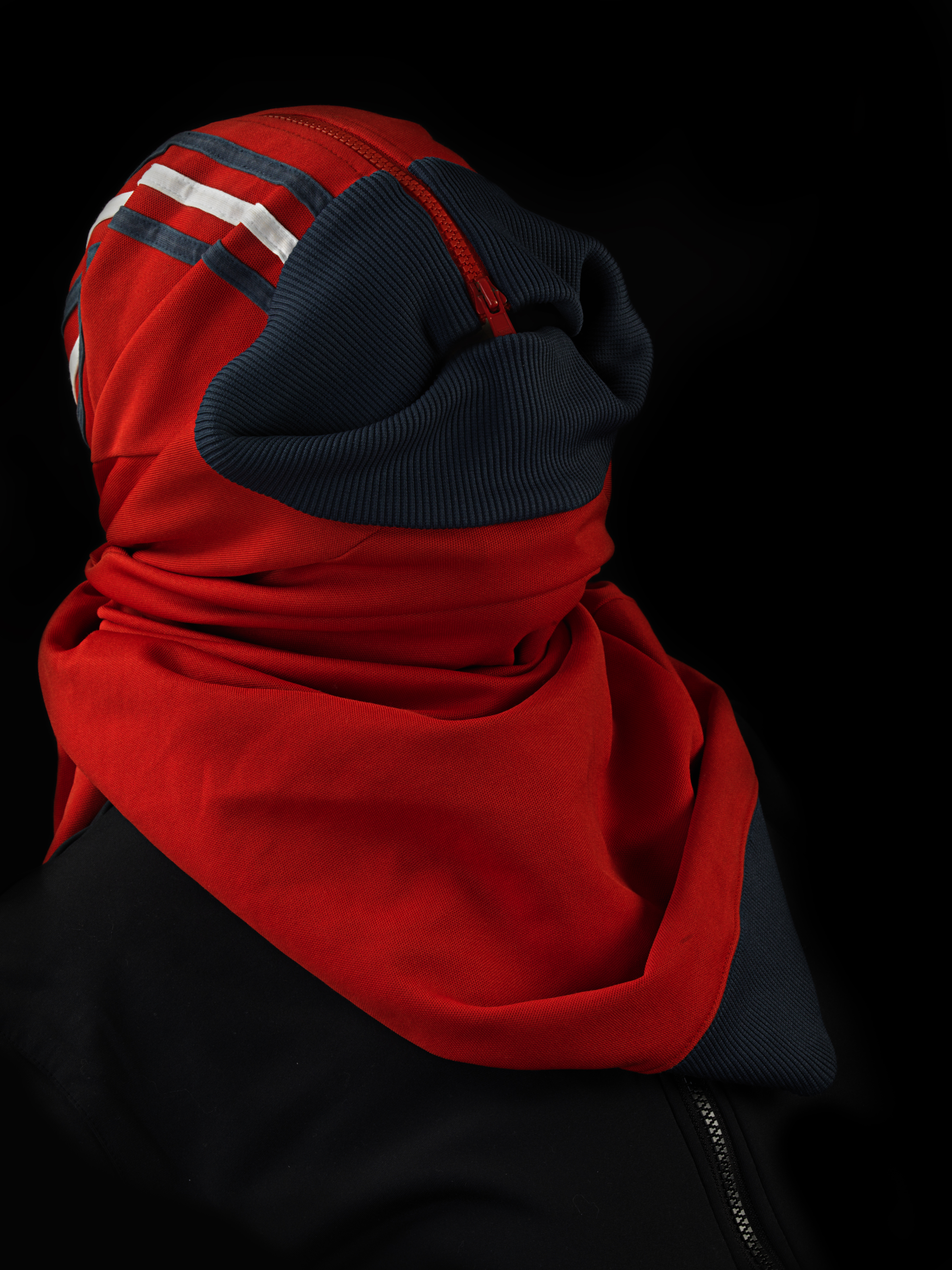
Gestalt (guise #002)
Photographic print, 80x60cm
Photographic print, 80x60cm

Gestalt (guise #005)
Photographic print, 80x60cm

Gestalt (guise #008)
Photographic print, 80x60cm
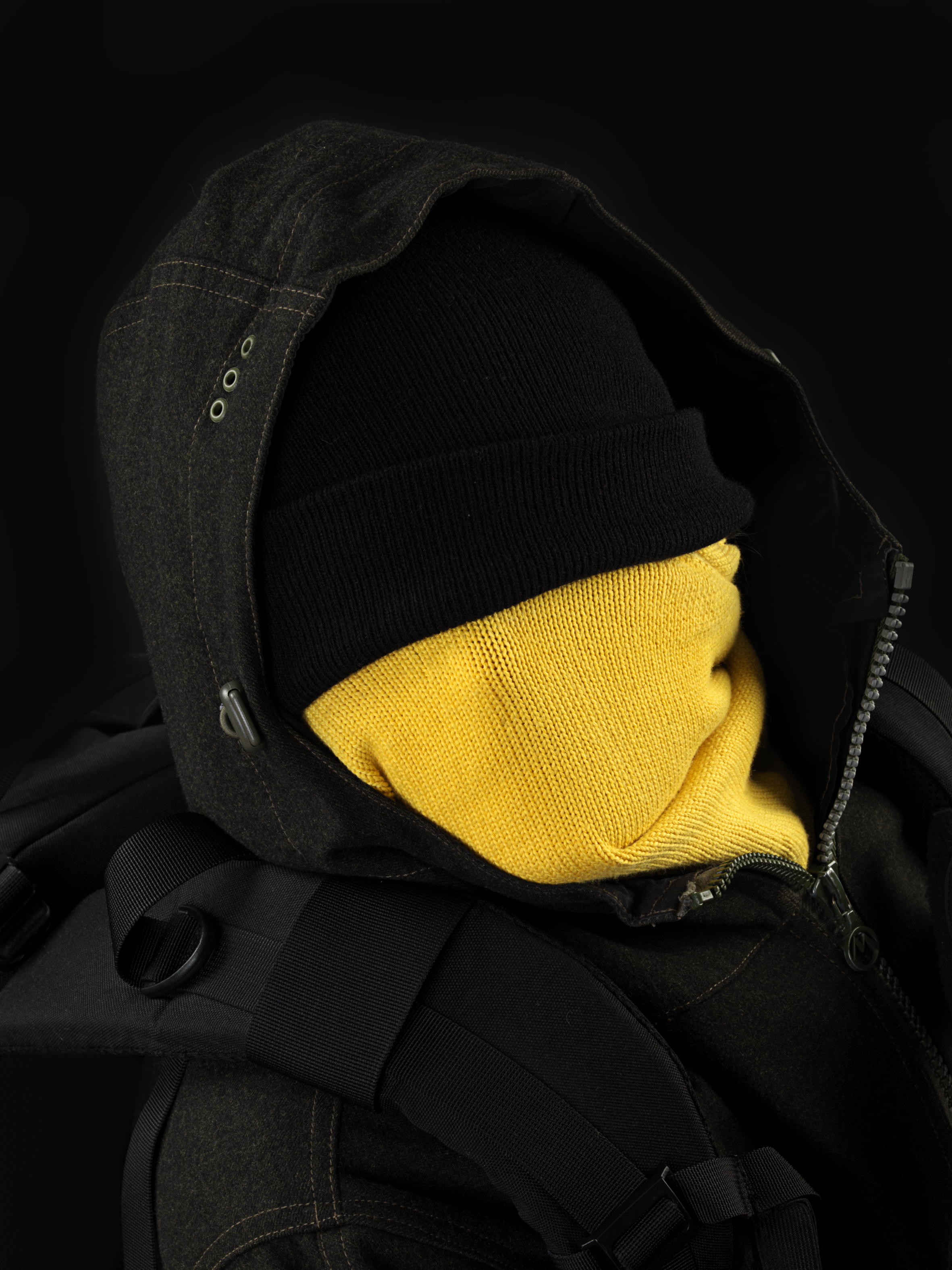
Gestalt (guise #011)
Photographic print, 80x60cm

Gestalt (guise #014)
Photographic
print, 80x60cm

Gestalt (guise #017)
Photographic print, 80x60cm

Gestalt (guise #020)
Photographic print, 80x60cm

Gestalt (guise #023)
Photographic print, 80x60cm

Gestalt (guise #026)
Photographic print, 80x60cm

Gestalt (guise #003)
Photographic print, 80x60cm
Photographic print, 80x60cm
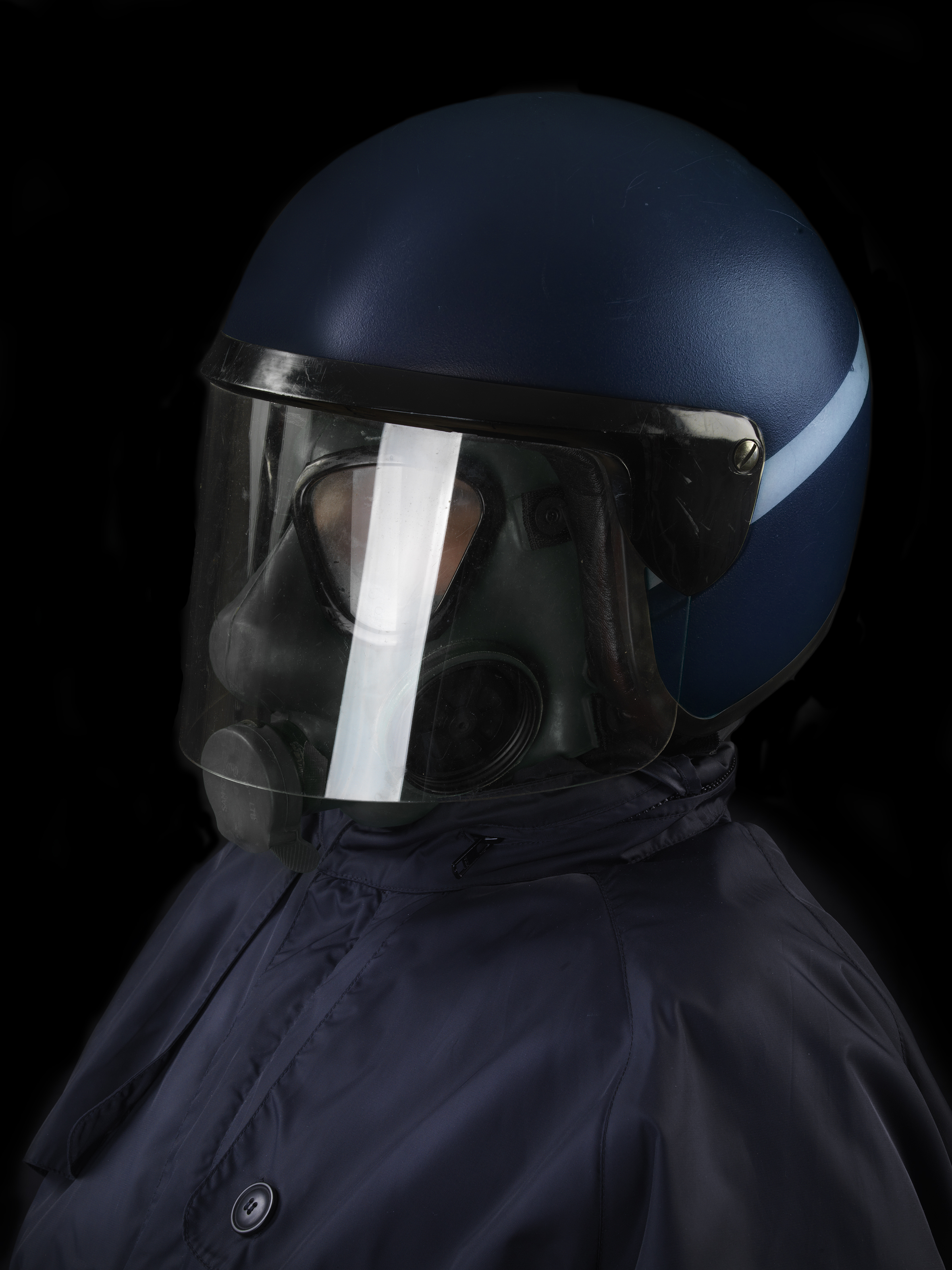
Gestalt (guise #006)
Photographic print, 80x60cm
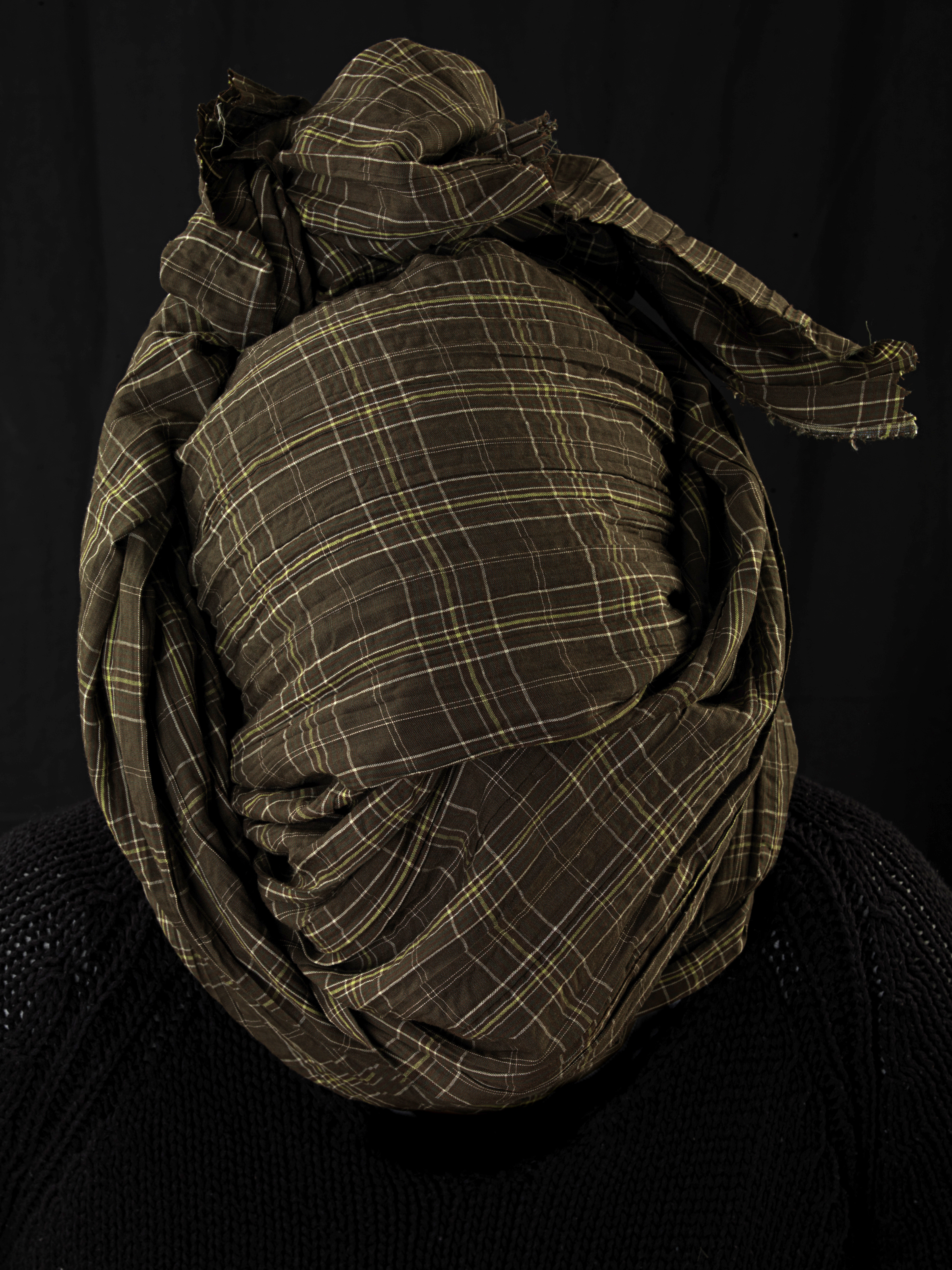
Gestalt (guise #009)
Photographic print, 80x60cm

Gestalt (guise #012)
Photographic
print, 80x60cm
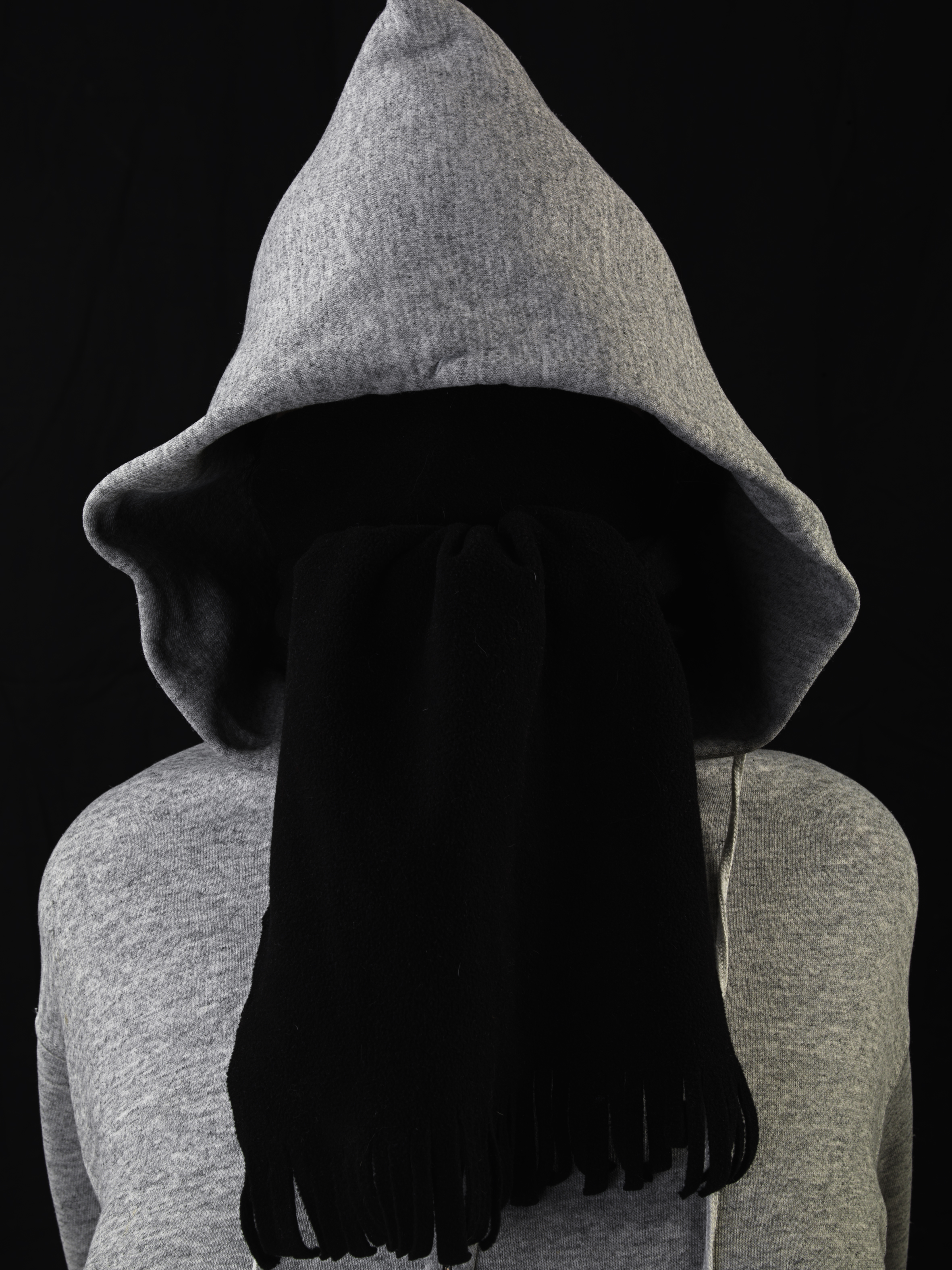
Gestalt (guise #015)
Photographic
print, 80x60cm

Gestalt (guise #018)
Photographic print, 80x60cm
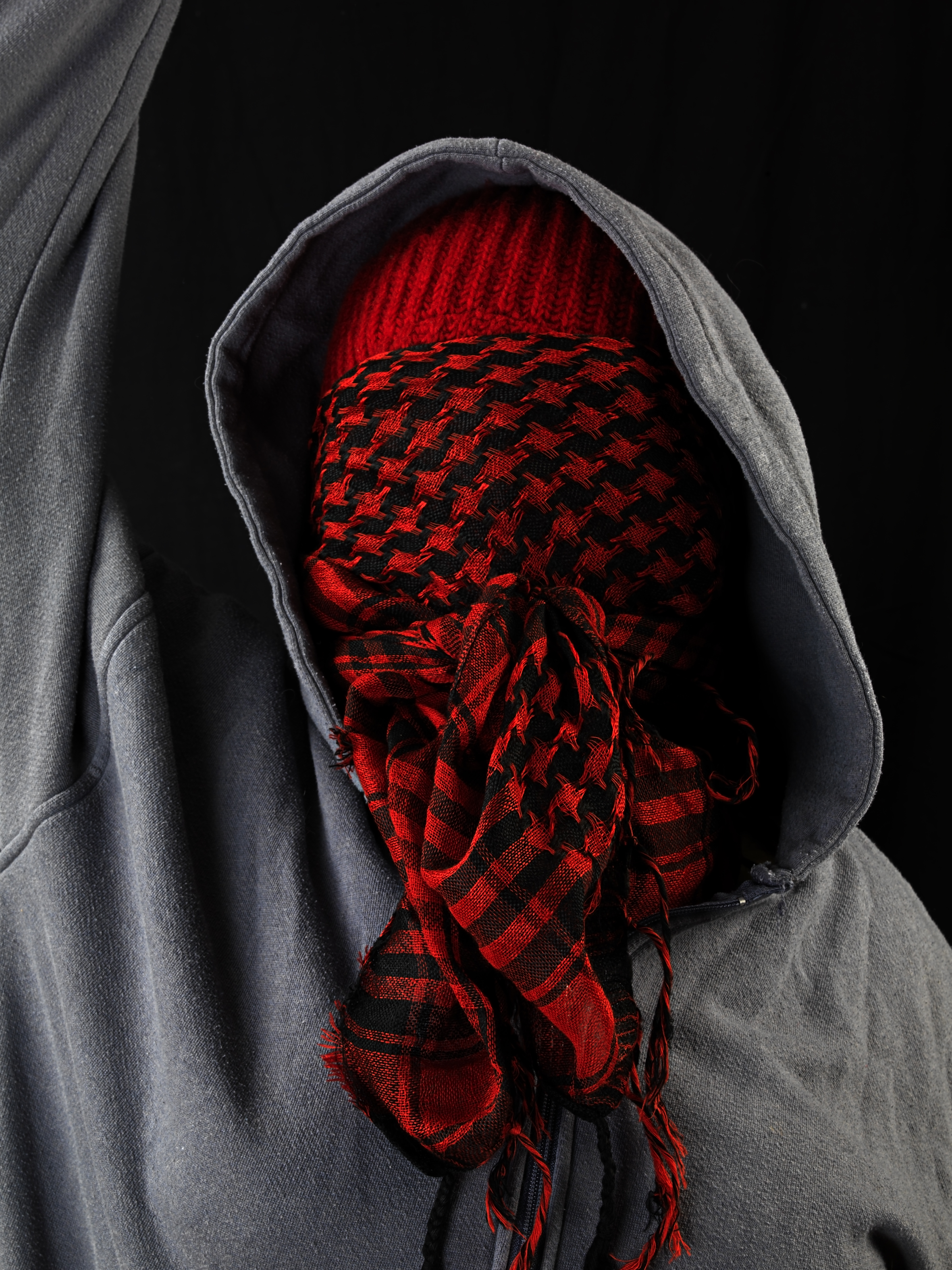
Gestalt (guise #021)
Photographic print, 80x60cm
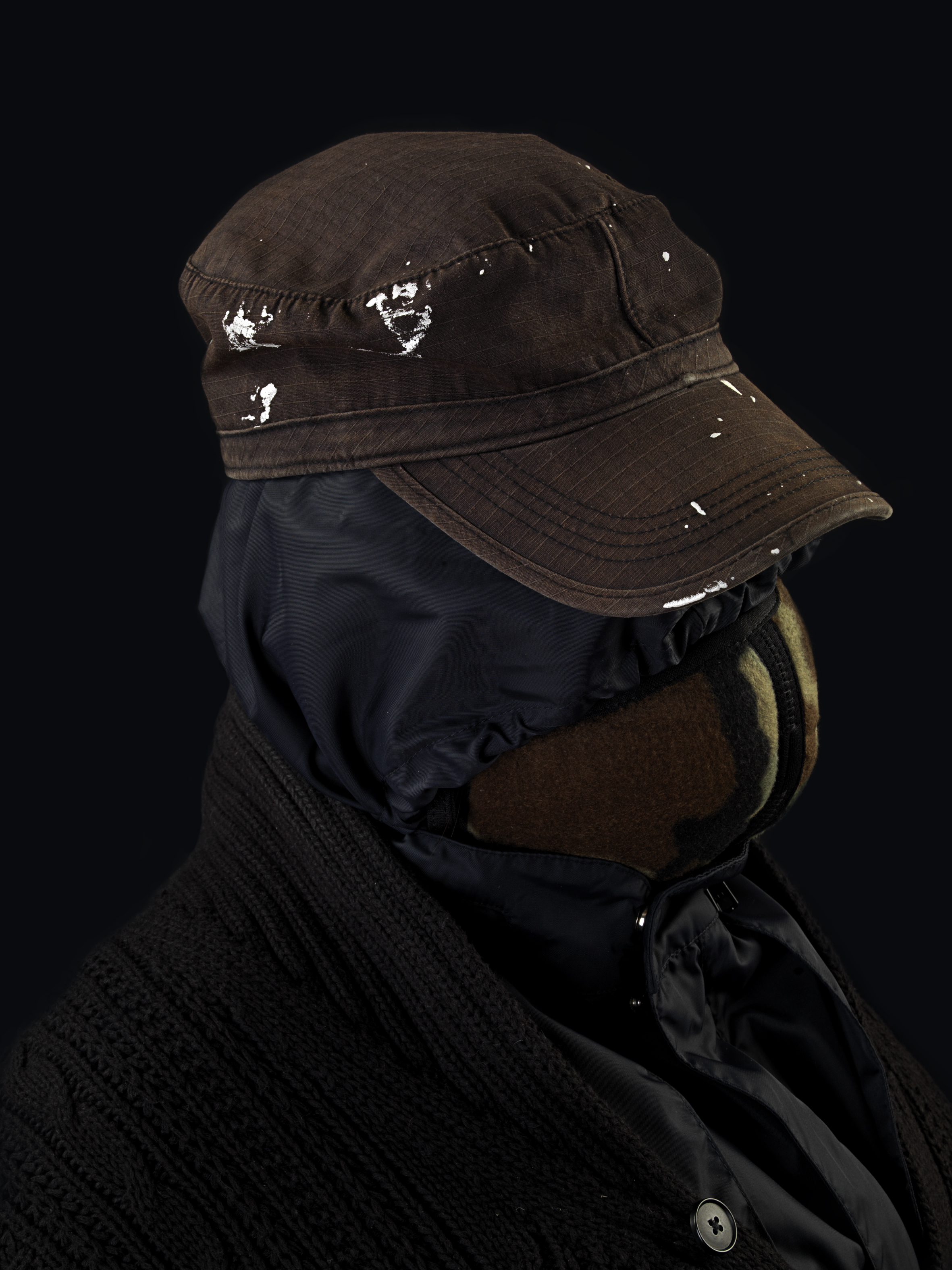
Gestalt (guise #024)
Photographic print, 80x60cm

Gestalt (guise #027)
Photographic print, 80x60cm

Gestalt (built #101)
Photographic print, 140x185cm

Gestalt (built #102)
Photographic print, 50x100 (x2)
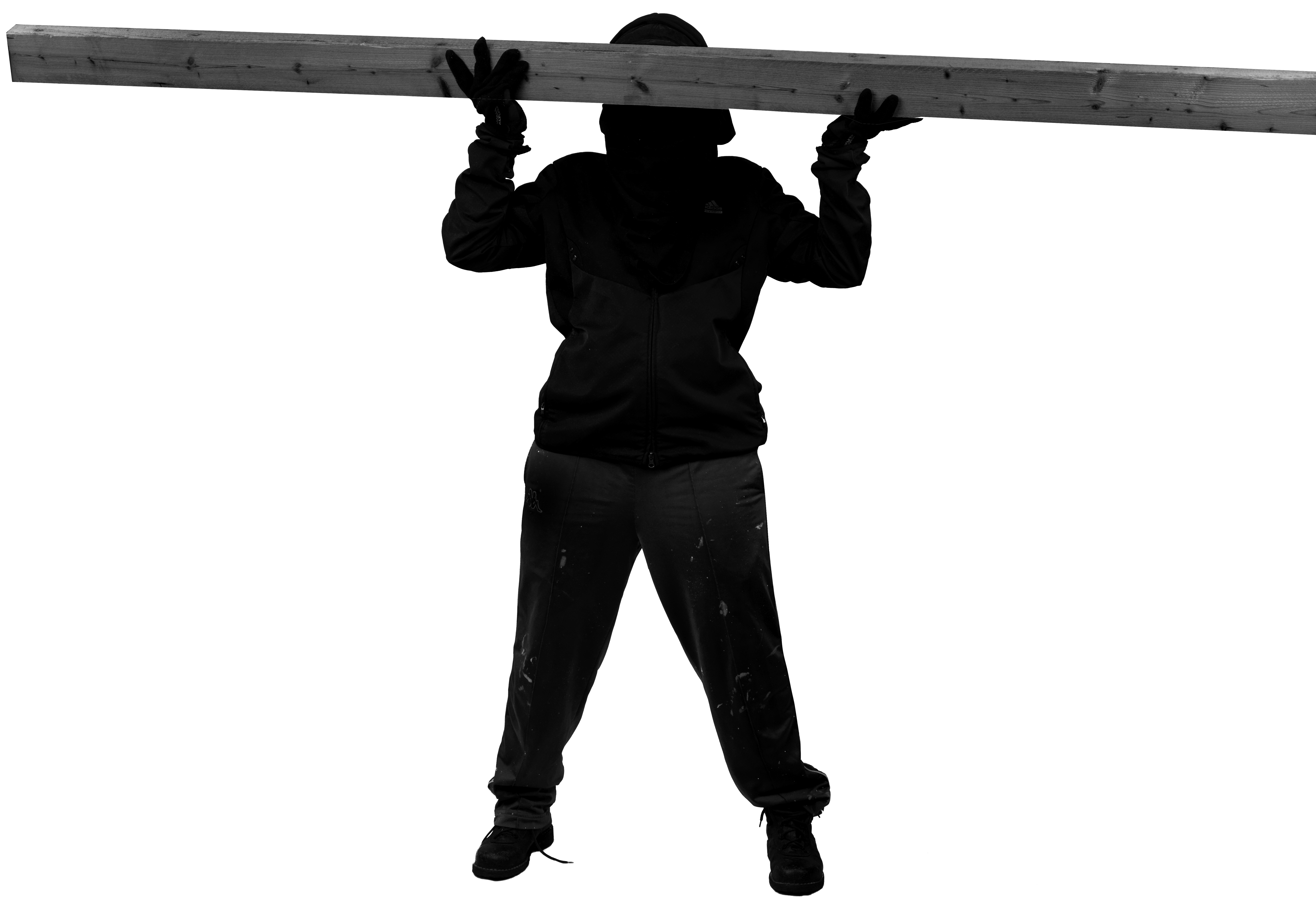
Gestalt (built #110)
Photographic print, 60x80cm

Gestalt (built #105)
Photographic print, 60x80cm
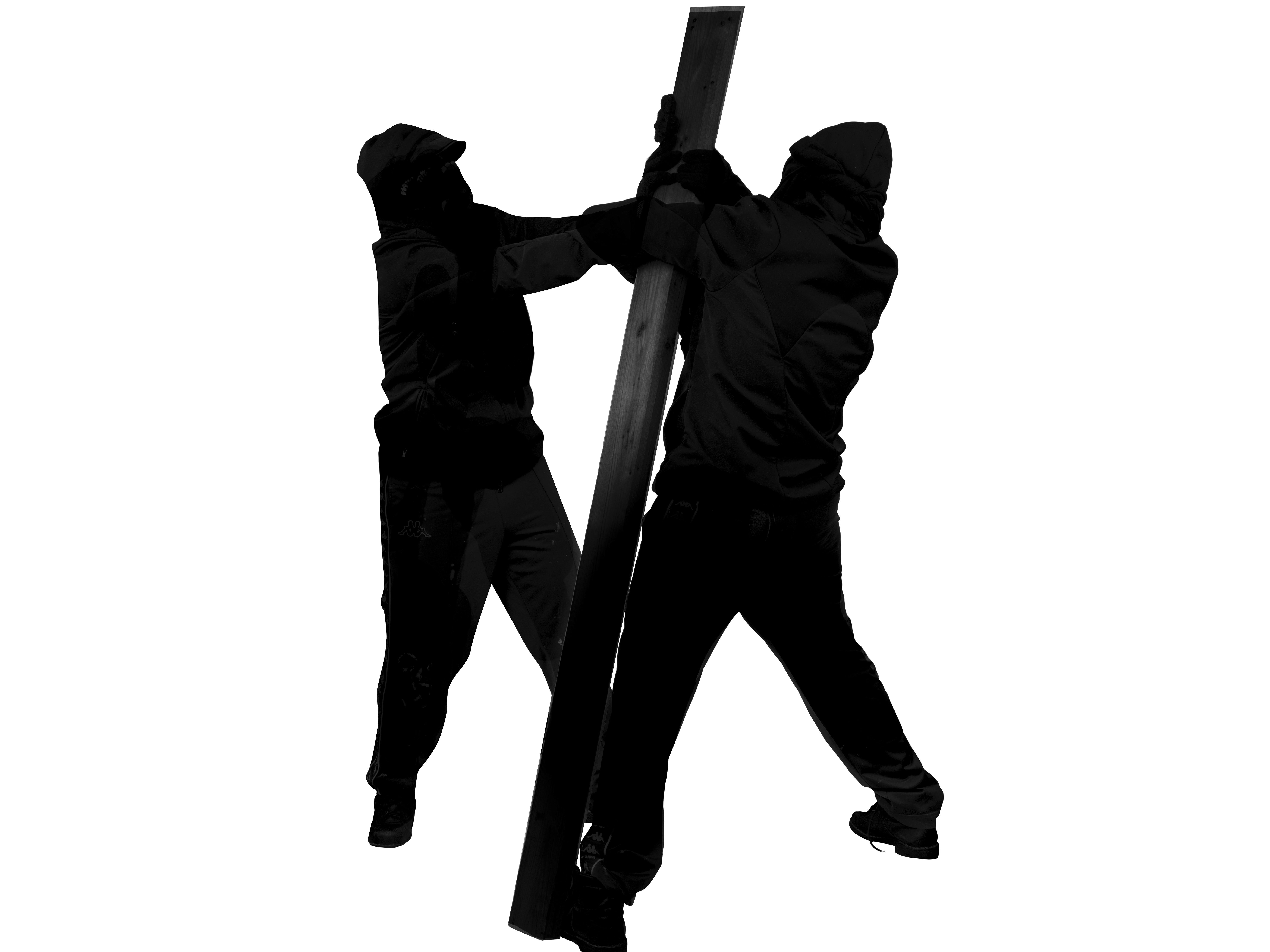
Gestalt (built #103)
Photographic print, 80x80cm

Gestalt (built #104)
Photographic print, 90x135cm (x4)

Gestalt (stature #203)
Photographic print, 140x250cm
Photographic print, 140x250cm
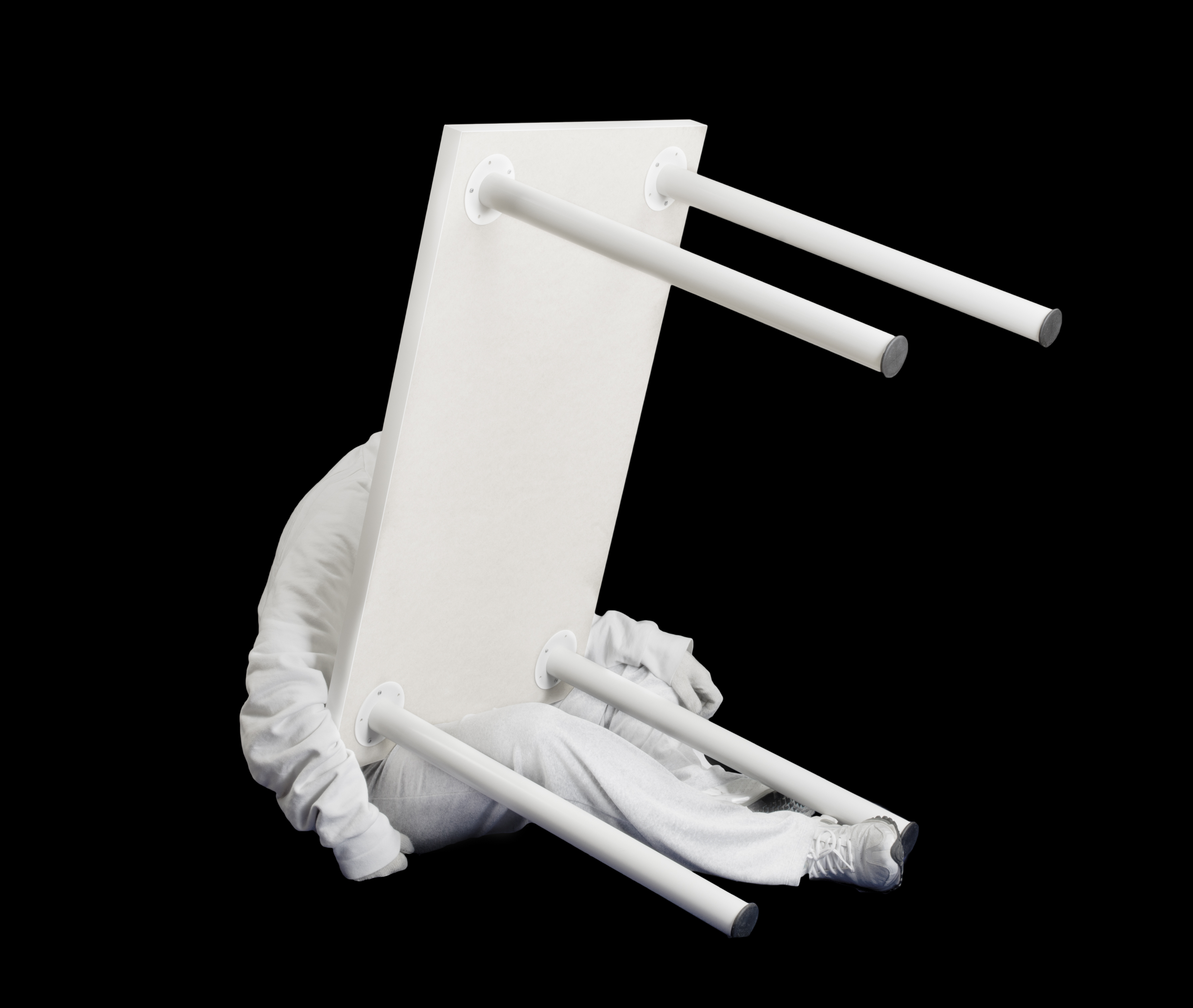
Gestalt (stature #210)
Photographic print, 70x70cm
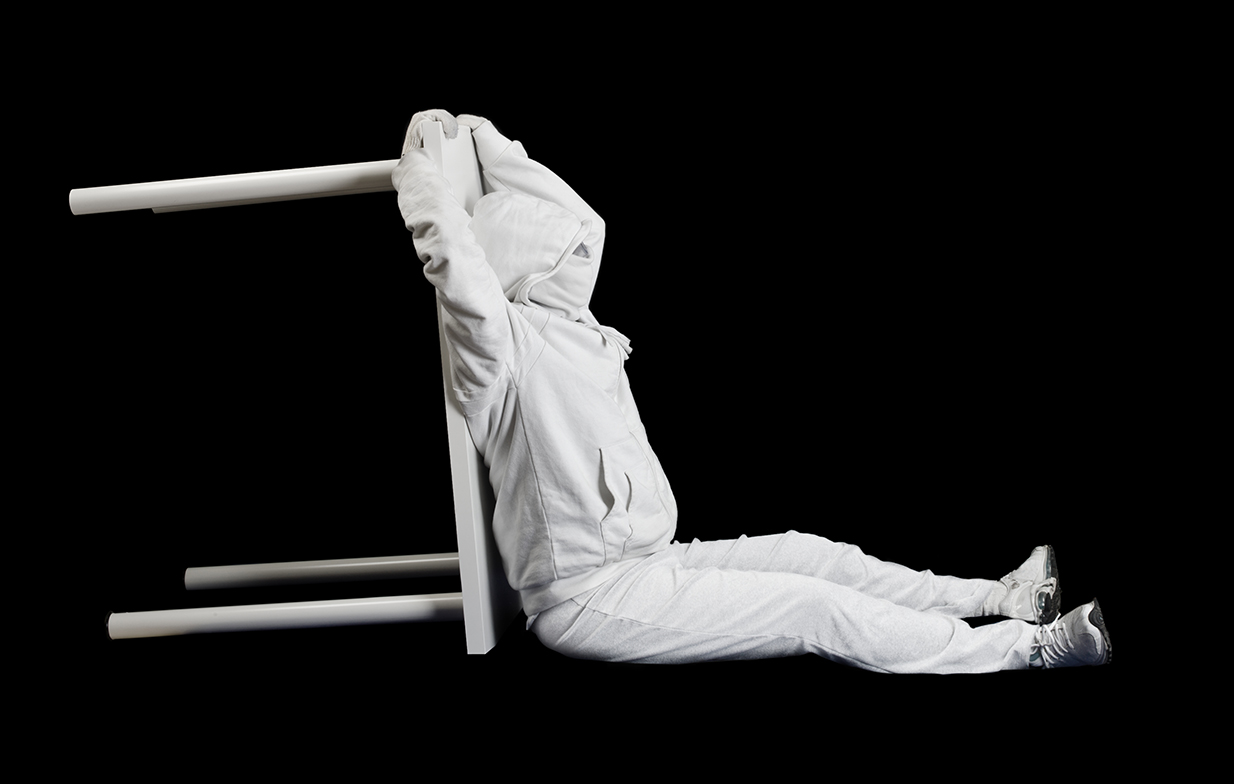
Gestalt (stature #204)
Photographic print, 60x80cm

Gestalt (stature #205)
Photographic print, 70x70cm

Gestalt (stature #211)
Photographic print, 80x70cm
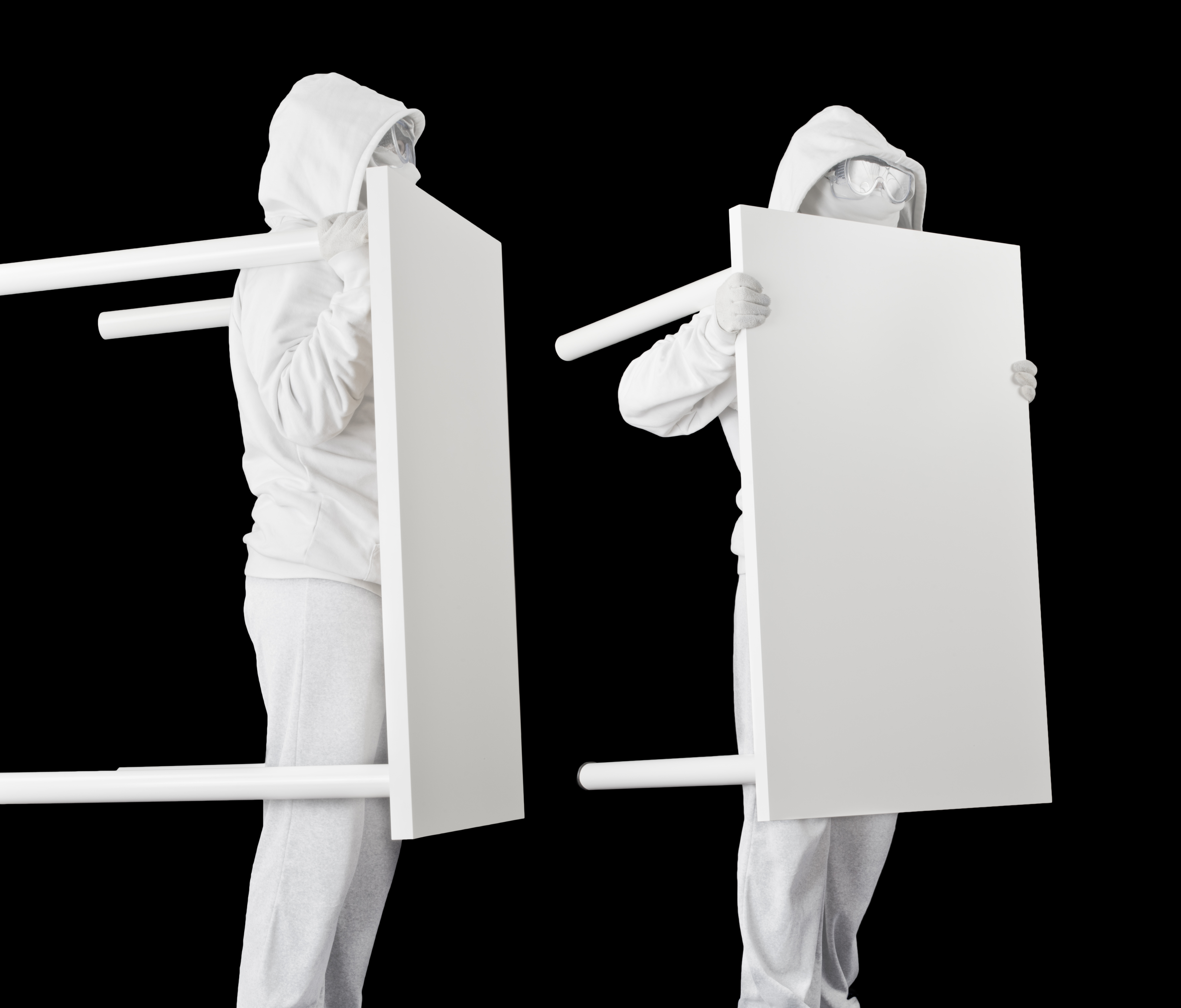
Gestalt (stature #206)
Photographic print, 60x120cm

Gestalt (stature #201)
Photographic print, 90x155cm
Gestalt
by Keh Hui Ng
The Modern Language Experiment
Tina Hage’s ‘Gestalt’ series is a timely reflection of the many scenes we have seen from around the world in recent times. However it is necessary to consider the original German meaning of the title of the series ‘Gestalt’ that simply means “form” or to “take shape” which Hage draws inspiration from in her new work.
Specifically, it can mean that a figure/person is taking shape for e.g. coming out of the dark or from far away. It defines that moment when someone/thing appears and just before it might become clear what or who it is.
Tina Hage’s interest in these series (Gestalt (guise), Gestalt (built) & Gestalt (stature)) is in the formal language that protesters started to create. Until recently, protests were usually pre-organised with defined leaders and political agendas. The language emerging from these new protests represent a different way in which masses now form. It is one of anonymity and viral chaos.` What is of greater interest to Hage is the act of taking shape rather than the political meanings associated with the act of group protest. Indeed, many of the poses in these works feel as though they are mid-action – that they are in the act of forming a pattern rather than existing as a completed visual form. Although the patterns and physical language of the individual figures that form the collective act appear strangely natural and familiar, there is an underlying sense of isolation and tension that underpin these works.
Gestures and patterns formed by the masses are a recurring theme in Hage’s work. However, in this instance, it is interesting to note that the stripping away of the identities in the individuals have become the essence of her new series ‘Gestalt’. Any attempt to deny the existence of something that pre-exists will usually cause a newness to form in its place. In this case, the denial of individual personality has caused the formation of a collective personality. This is particularly apparent in the monochromic group shots where the human figures are nearly an abstract gesture within the image. The anonymous individual portraits however, suggest a tension and fragility. This situation becomes ever more apparent when we begin to notice the remnants of individuality that now begin to form the whole.
Tina Hage’s ‘Gestalt’ is not a definitive statement, but rather is a mercurial observation that refuses to remain static and complete. Like any true observation, Tina Hage’s ‘Gestalt’ series is a collection of positions and gestures that create a unified concept or patterns which are greater than the sum of its parts.
Tina Hage’s interest in these series (Gestalt (guise), Gestalt (built) & Gestalt (stature)) is in the formal language that protesters started to create. Until recently, protests were usually pre-organised with defined leaders and political agendas. The language emerging from these new protests represent a different way in which masses now form. It is one of anonymity and viral chaos.` What is of greater interest to Hage is the act of taking shape rather than the political meanings associated with the act of group protest. Indeed, many of the poses in these works feel as though they are mid-action – that they are in the act of forming a pattern rather than existing as a completed visual form. Although the patterns and physical language of the individual figures that form the collective act appear strangely natural and familiar, there is an underlying sense of isolation and tension that underpin these works.
Gestures and patterns formed by the masses are a recurring theme in Hage’s work. However, in this instance, it is interesting to note that the stripping away of the identities in the individuals have become the essence of her new series ‘Gestalt’. Any attempt to deny the existence of something that pre-exists will usually cause a newness to form in its place. In this case, the denial of individual personality has caused the formation of a collective personality. This is particularly apparent in the monochromic group shots where the human figures are nearly an abstract gesture within the image. The anonymous individual portraits however, suggest a tension and fragility. This situation becomes ever more apparent when we begin to notice the remnants of individuality that now begin to form the whole.
Tina Hage’s ‘Gestalt’ is not a definitive statement, but rather is a mercurial observation that refuses to remain static and complete. Like any true observation, Tina Hage’s ‘Gestalt’ series is a collection of positions and gestures that create a unified concept or patterns which are greater than the sum of its parts.
(Übersetzung)
von Keh Hui Ng
The Modern Language Experiment
The Modern Language Experiment
Tina Hages Bildserie ‘Gestalt’ ist eine zeitgemäße Reflexion der vielen Geschehnisse, die sich derzeit weltweit abspielen. Eine wesentliche Rolle spielt in diesem Zusammenhang die allgemeine Bedeutung des Wortes ‘Gestalt’, nämlich ‘äußere Form’ oder ‘Erscheinung’, die Hage als Inspirationsquelle für ihr Werk nutzt.
Für Hage ist vielmehr der Akt des ‘Gestalt-Annehmens’ von Interesse als die politischen Hintergründe, die mit den jeweiligen Massenprotesten assoziiert werden. Viele der Posen in diesen Arbeiten vermitteln den Eindruck, mitten in der Aktion eingefroren zu sein – als ob sie sich gerade zu einem Ornament entwickeln und weniger eine vollendete visuelle Form erkennen lassen. Obgleich die Ornamente und die physische Sprache der einzelnen Figuren sich letztendlich wie eine kollektive Geste darstellen, erscheinen sie auf eine seltsame Art und Weise natürlich und vertraut. Ein Gefühl der Isolation und Spannung liegt den Bildern zu Grunde.
Gesten und Muster, die von Menschenmassen „geformt“ werden, bilden
ein wiederkehrendes Thema in Tina Hages Arbeiten. Interessant ist, dass
hier das Nicht-Zeigen der Identitäten der Individuen die Essenz der neuen Serie ‘Gestalt’ bildet. Jeglicher Versuch die Existenz von etwas, das schon existiert, abzulehnen, verursacht üblicherweise die Entwicklung einer Neuheit an dessen Stelle. In diesem Fall hat das Aberkennen der individuellen Persönlichkeiten eine kollektive Persönlichkeit geformt. Dies wird besonders in den monochromen Gruppenbildern deutlich, in denen die menschlichen Figuren fast zu einer abstrakten Geste innerhalb des Bildes werden. Dagegen offenbaren die anonymen Einzelportraits Spannung und Fragilität.
Dem Betrachter erschließt sich diese Art der Wahrnehmung, sobald er beginnt, individuelle Fragmente in den Bildern zu erkennen und diese zu einem Ganzen zusammenzusetzen.
Tina Hages Serie ‘Gestalt’ ist nicht als ein definitives Statement zu verstehen, sondern vielmehr als ein aspektreiches Beobachten, das sich verweigert statisch oder gar vollständig zu sein. Wie jede andere sorgfältige Beobachtung, ist auch die Bildserie ‘Gestalt’ eine Ansammlung verschiedener Positionen und Gesten, die ein Gesamtkonzept oder Muster ergeben, und die letztlich mehr ist als nur die Summe ihrer einzelnen Elemente.
Gesten und Muster, die von Menschenmassen „geformt“ werden, bilden
ein wiederkehrendes Thema in Tina Hages Arbeiten. Interessant ist, dass
hier das Nicht-Zeigen der Identitäten der Individuen die Essenz der neuen Serie ‘Gestalt’ bildet. Jeglicher Versuch die Existenz von etwas, das schon existiert, abzulehnen, verursacht üblicherweise die Entwicklung einer Neuheit an dessen Stelle. In diesem Fall hat das Aberkennen der individuellen Persönlichkeiten eine kollektive Persönlichkeit geformt. Dies wird besonders in den monochromen Gruppenbildern deutlich, in denen die menschlichen Figuren fast zu einer abstrakten Geste innerhalb des Bildes werden. Dagegen offenbaren die anonymen Einzelportraits Spannung und Fragilität.
Dem Betrachter erschließt sich diese Art der Wahrnehmung, sobald er beginnt, individuelle Fragmente in den Bildern zu erkennen und diese zu einem Ganzen zusammenzusetzen.
Tina Hages Serie ‘Gestalt’ ist nicht als ein definitives Statement zu verstehen, sondern vielmehr als ein aspektreiches Beobachten, das sich verweigert statisch oder gar vollständig zu sein. Wie jede andere sorgfältige Beobachtung, ist auch die Bildserie ‘Gestalt’ eine Ansammlung verschiedener Positionen und Gesten, die ein Gesamtkonzept oder Muster ergeben, und die letztlich mehr ist als nur die Summe ihrer einzelnen Elemente.
von Tanja Pol
Gestalt beschäftigt sich in drei Serien mit der Ikonografie des Protests. Proteste, Krawalle, Riots, Unruhen, Demonstrationen: Unter diesen Begriffen werden unterschiedliche Formen von gesellschaftlichem Widerstand subsummiert, die je ein eigenes visuelles Vokabular haben.
2011 erlebte Hage die London Riots vor ihrer Haustür: Sie beobachtete, wie die Massen sich artikulieren und die Stimme erheben, und verglich dies auch mit anderen Protesten, die etwa zeitgleich weltweit stattfanden (etwa im sog. Arabischen Frühling und den Studentenprotesten in Chile). Der Ausdruck der Protestierenden kann gewalttätig, stolz und mutig, oder ängstlich und sich schützend sein, es gibt voranschreitende Protagonisten und Mitläufer, sowie auch Trittbrettfahrer. Die Masse erhält in den Protesten eine Stimme. Tina Hage interessiert sich hier vor allem für die Art und Weise, wie Menschen in den medialen Bildern erscheinen, ihr Habitus, ihre Gestalt, und auch eine von ihr wahrgenommene innere Organisation, eine Art Schwarmintelligenz, die sichtbar wird.
Gestalt (guise*) ist eine Reihe von Bruststücken, in denen die Künstlerin sich vollständig verhüllt überlebensgroß selbst im Atelier fotografiert. Der Bildausschnitt verweist auf die Bildtradition des Porträts, durch die Vermummung wird allerdings die Individualität der Person getilgt, es entsteht eine neue „Gestalt“. Mit Gestalt (guise) bietet Hage einen Blick auf die Maskierungen der Beteiligten bei den Protesten an. Diese Strategie wird konsequent fortgesetzt in Gestalt (built) und Gestalt (stature): Hier werden machtlos erscheinende Verteidigungsgesten einerseits und schützende Haltungen auf der anderen Seite als weitere auffallende Muster im Spektakel der Proteste fotografisch inszeniert. Ergebnis ist eine Annäherung an eine Typologie der Proteste.
*guise heißt im Englischen sowohl Gewand als auch Gestalt.
(Translation) by Tanja Pol
Gestalt engages with the iconography of protest in three series. Protests, riots, unrests, demonstrations: these terms describe different forms of social resistance that have their own individual visual vocabulary.
In 2011, Hage experienced the London riots right in front of her home. She observed how masses articulate themselves and raise their voices, then compared this to other protests that took place around the same time around the world (for example during the so-called Arab spring and the student protests in Chile). The way the protesters express themselves can be violent, proud and brave, or fearful and protective; there are protagonists who spearhead protests, as well as followers and even hangers-on. In the protests, the masses are given a voice. Tina Hage is above all interested in the way people appear in media images, their habitus, their form, and also an inner organization that she sees, a kind of swarm intelligence that becomes visible.
Gestalt (guise) is a series of portraits in which the artist photographs herself completely enwrapped in her studio; the photographs are larger than life-size. The framing references the tradition of the portrait, but the fabrics cancel the individuality of the person, and a new figure emerges. With Gestalt (guise) Hage offers a view of the way participants in the protests mask themselves. This strategy is rigorously pursued in Gestalt (built) und Gestalt (stature). Here seemingly powerless defensive gestures on the one hand, and protective attitudes on the other hand, are photographically staged as further noticeable patterns in the spectacle of the protests. The result is an approximation of a typology of the protests.